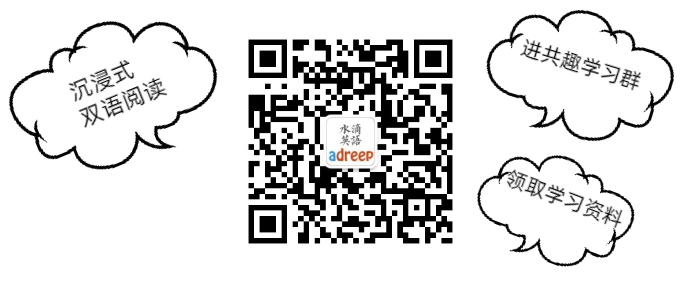停止对自己灾难化的想象 Stop Catastrophizing About Yourself
You scan the message again and again: no reply. Your mind instantly leaps to the worst—“Did I upset them?” “Are they angry with me?” For many, this pattern of catastrophic thinking is an old, unwelcome companion. It whispers that every mistake will snowball, every silence is rejection, every uncertainty spells disaster.
你一遍遍查看那条消息,却迟迟没有回音。大脑立刻开始往坏处想——“我是不是惹他们生气了?”“他们会不会讨厌我?”对许多人来说,这种将事情往最糟糕方向想的习惯如影随形,而且往往让人无法摆脱。它在耳边低语:每一个小错误最终都会一发不可收拾,每一次沉默都是拒绝,每一点不确定都意味着灾难将至。
Cognitive research from King’s College London describes how these exaggerated fears activate the brain’s threat response, even in safe situations. Left unchecked, catastrophic thoughts narrow our focus until only problems seem visible. Yet studies show that those who challenge these fears—by grounding themselves in facts and viewing setbacks as temporary—report more calm and confidence in daily life. This isn’t naive optimism, but learning to see reality instead of a nightmare. As psychologist Martin Seligman says, “Optimism is not the absence of difficulty, but the conviction there’s a way through.”
伦敦国王学院的一项认知研究发现,即使在安全的环境里,夸大的担忧也会激活大脑的威胁反应机制。如果不加以修正,这类灾难化思维会让我们只看到问题、看不到其他。而研究还发现,那些主动与这种恐惧抗衡、善于用事实校正自己,并把挫折视为暂时的人,往往日常生活中更加平和自信。这并不是天真乐观,而是一种让自己直面现实、而不是陷入噩梦的能力。正如心理学家马丁·塞利格曼所说:“乐观不是没有困难,而是坚信总有出路。”

Self-sabotage takes on many subtle forms: “If I fail this once, I’ll never succeed.” “If people see my flaws, I’ll lose their respect.” Such thinking locks us in a cycle of worry and withdrawal. Picture the practice of mindfulness: noticing a cloud float by instead of naming it a storm. Perhaps not every quiet moment hides bad news—sometimes, it’s just a pause.
自我困扰常以多种细微的形式出现:“这次失败了,我以后都会失败。”“别人看到我的不足,就不会再尊重我。”这样的想法会让我们陷入担忧、退缩的循环。可以尝试像正念练习那样——只是观察一朵云飘过,而不是将它认作暴风雨。并不是每一次沉默、每一个安静时刻都预示着坏消息,有时候那只是一次停顿。
A practical approach begins here:
Catch your catastrophizing. Pause when you notice a worst-case thought and name it for what it is.
Test your worries. Ask: “Has this really happened before? What evidence supports this fear?”
Practice self-compassion. Remind yourself, “It’s okay not to have all the answers right now.”
可以从这些实际方法开始:
- 觉察自己的灾难化思维。当你注意到自己出现最坏预期时,停下来,并认清这不过是想象。
- 检查你的担忧。问自己:“这样的事情以前真的发生过吗?我有哪些证据支撑我的担心?”
- 善待自己。告诉自己:“我现在不知道所有答案也没关系。”

Real freedom arrives when we refuse to be bullied by imagined disasters. In the words of the poet Mary Oliver, “Tell me, what is it you plan to do with your one wild and precious life?” Trust that uncertainty is not your enemy—rather, it’s space for growth, resilience, and new hope.
当我们不再被自己“想象中的灾难”所裹挟时,内心的自由才能真正到来。正如诗人玛丽·奥利弗所问:“请告诉我,你打算用你唯一而宝贵的生命去做什么?”请相信,不确定并不是你的敌人,它其实是生命成长、坚强和新希望的空间。
📌文章CEFR 等级: C1 级
👉 关注 水滴英语作文网,让你的字句生辉,惊艳时光!
